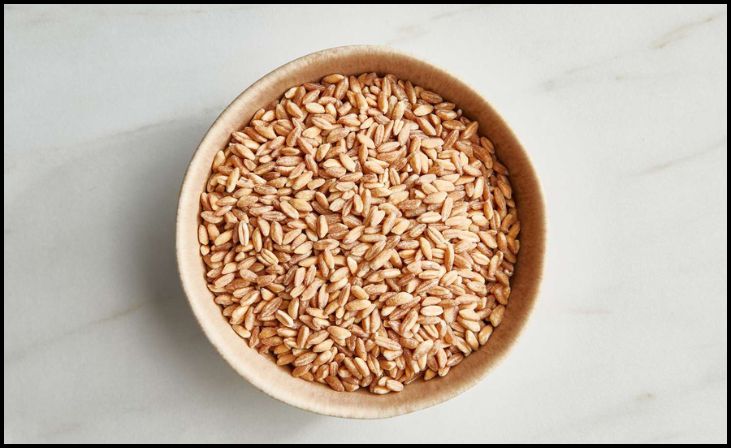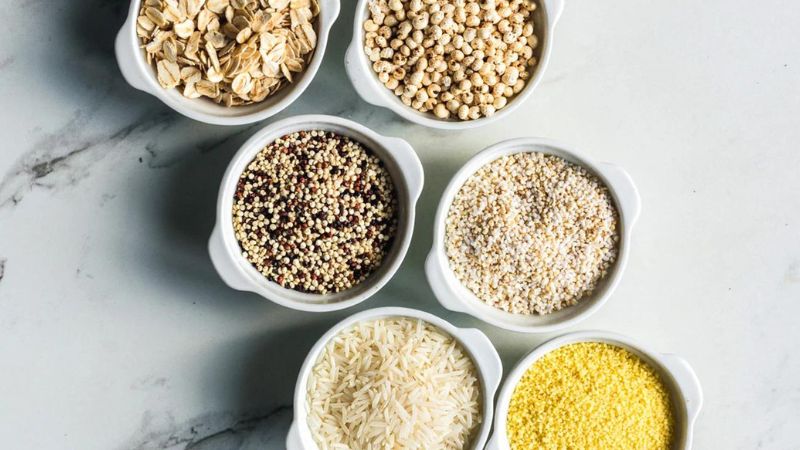When it comes to a healthy and balanced diet, whole grains play a vital role in providing essential nutrients and promoting overall well-being. Unlike refined grains that have been stripped of their nutritional value, whole grains retain their bran, germ, and endosperm, offering a plethora of vitamins, minerals, fiber, and antioxidants. In this comprehensive guide, we delve into the world of whole grains to uncover the seven healthiest options that should grace your plate for optimal nutrition and wellness. Discover the benefits, culinary versatility, and deliciousness of these nutrient-packed grains as we embark on a journey towards better health and vitality.
Barley

Barley has a long history of culinary use and is a versatile grain that can be added to various dishes. It contains a variety of phytochemicals and is particularly rich in the soluble fiber beta-glucan, which has been linked to numerous health benefits. With more dietary fiber than any other grain, barley is an excellent choice for promoting digestive health and maintaining a healthy weight.
Quinoa
Quinoa, often referred to as a superfood, is native to South America and has gained popularity worldwide for its nutritional benefits. It is a complete protein, meaning it contains all nine essential amino acids that the body cannot produce on its own. Additionally, quinoa is rich in vitamins, minerals, and antioxidants, making it a nutrient-dense addition to any diet.
Amaranth
Amaranth is a gluten-free whole grain that is packed with nutrients. It is particularly high in protein, with levels comparable to those of buckwheat and rye. Additionally, amaranth is rich in phosphorus, manganese, and magnesium, as well as phytochemicals that have been associated with various health benefits, including reduced inflammation and improved heart health.
Buckwheat
Despite its name, buckwheat is not related to wheat and is naturally gluten-free. It is commonly used in a variety of dishes, including granola, pancakes, and Japanese soba noodles. Buckwheat is rich in protein and fiber, making it a filling and nutritious choice. It also contains antioxidants and compounds that may help lower cholesterol levels and improve blood sugar control.
Teff

Teff is the smallest grain in the world and is a staple food in Ethiopia, where it is used to make injera bread. Despite its small size, teff is packed with nutrients, including protein, fiber, and minerals like calcium and iron. It is also gluten-free and has a slightly sweet and nutty flavor, making it a delicious addition to porridge, baked goods, and other dishes.
Oats
Oats are a popular breakfast grain known for their heart-healthy properties. They are rich in soluble fiber, particularly beta-glucan, which has been shown to reduce LDL (bad) cholesterol levels and improve heart health. Oats also contain polyphenol antioxidants, which have anti-inflammatory and antioxidant properties.
Farro

Farro is an ancient grain that has been cultivated for thousands of years. It is commonly used in Italian and Mediterranean cuisine and comes in two main varieties: pearled farro, which cooks more quickly, and traditional farro, which retains more of its nutrients. Farro is rich in fiber, protein, vitamins, and minerals, making it a nutritious addition to salads, soups, and grain bowls.
Incorporating these healthy whole grains into your diet can provide numerous health benefits, from improved digestion and heart health to better blood sugar control and increased energy levels. Whether you’re enjoying them in salads, soups, or as a side dish, these grains offer both versatility and nutrition.
